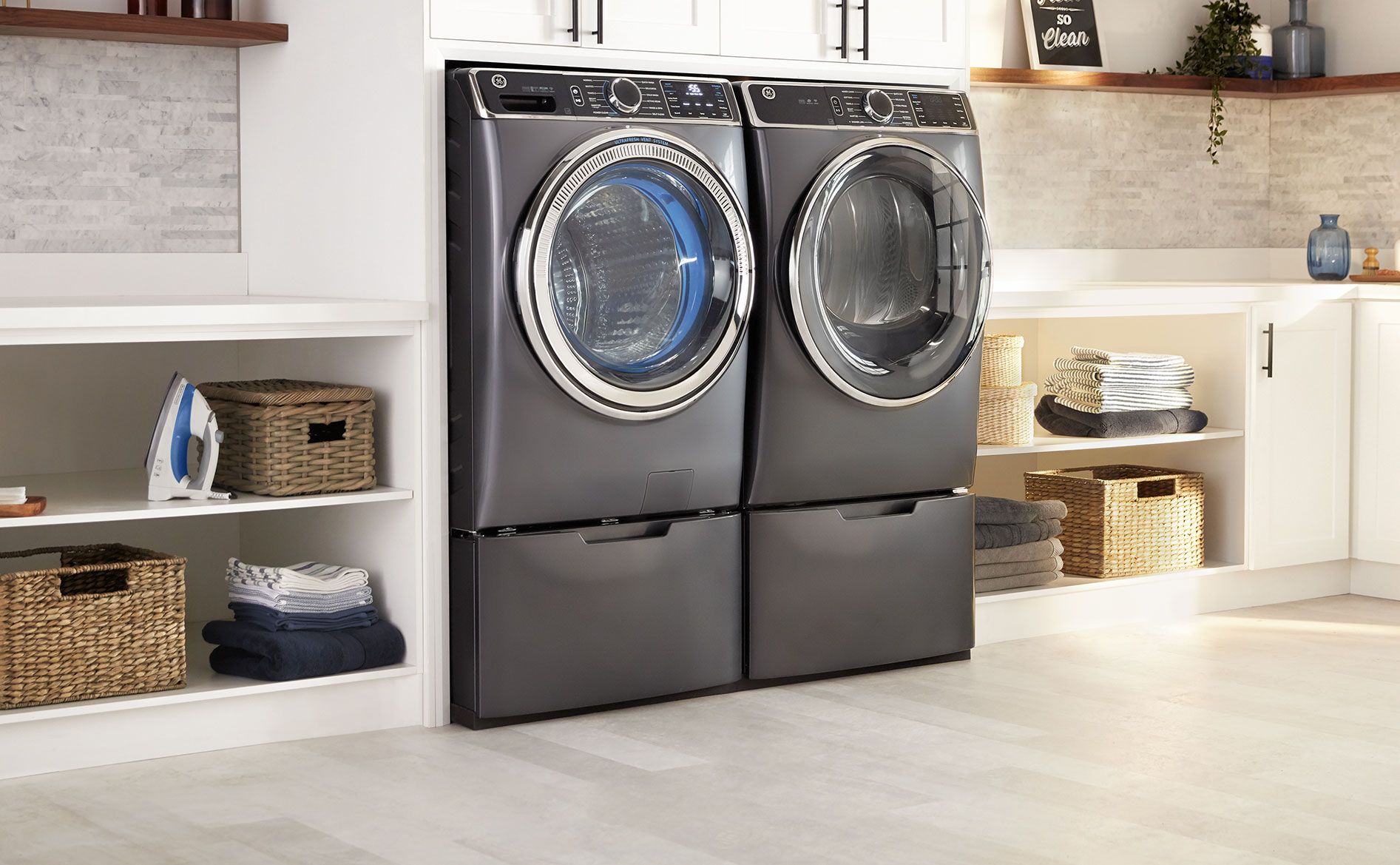

Articles
How Do I Stop My Stacked Washer From Moving?
Modified: February 28, 2024
Discover effective solutions to prevent your stacked washer from moving with these informative articles. Gain valuable tips and techniques to ensure a stable and secure laundry experience.
(Many of the links in this article redirect to a specific reviewed product. Your purchase of these products through affiliate links helps to generate commission for Storables.com, at no extra cost. Learn more)
Introduction
Having a stacked washer and dryer is convenient for saving space in your laundry room. However, one common issue that many people face is the washer moving or vibrating excessively during operation. Not only can this be annoying, but it can also cause damage to the appliance and potentially even your home. In this article, we will explore several strategies to stop your stacked washer from moving and ensure a smoother laundry experience.
Before diving into the solutions, it’s important to understand the potential causes of the problem. There are various factors that can contribute to a washer’s movement, such as an unlevel surface, improperly adjusted leveling feet, overloaded loads, and worn-out or damaged parts. By addressing these factors, you can effectively eliminate or minimize the movement and vibration of your stacked washer.
Now, let’s explore some practical steps to put an end to your stacked washer’s annoying dance routines.
Key Takeaways:
- Ensure a stable laundry experience by leveling the washer, using anti-vibration pads, and securing it with straps. Balancing the load and avoiding overloading are essential for minimizing movement and vibrations.
- Regularly inspect and maintain your stacked washer to prevent excessive movement. Seek professional help if the issue persists, ensuring a stable and efficient laundry process.
Read more: How Do I Stop A Toilet Seat From Moving
Understanding the Problem
The first step in addressing the issue of your stacked washer moving is to understand the root cause of the problem. As mentioned earlier, there can be several factors contributing to this issue. By identifying the specific cause, you can take appropriate measures to rectify it.
Start by observing the movement and vibration of the washer during its operation. Is it moving in all directions or just in a particular direction? Is the movement constant or does it occur only during certain cycles? Examining these patterns can provide insights into the underlying problem.
Additionally, check if the stacked washer is securely fastened to the dryer unit. Loose connections between the two appliances can lead to excessive movement. Inspect the mounting brackets or straps that hold the washer and dryer together and ensure they are tightened properly.
By gaining a thorough understanding of the problem, you will be better equipped to implement the appropriate solutions. Let’s delve into those solutions in the following sections.
Ensuring Level Surface
One of the primary reasons for a stacked washer to move is an uneven or sloping surface. Before exploring other solutions, it is crucial to ensure that your washer sits on a level surface.
To check the levelness of the surface, use a bubble level or a smartphone app with a built-in level feature. Place it on top of the washer and check if the bubble is centered. If it isn’t, you will need to adjust the washer’s position.
If you find that the surface is uneven, you have a few options to level it:
- Adjust the feet: Stacked washers usually have adjustable leveling feet. Use a wrench or pliers to raise or lower the feet until the washer is level. Check the levelness again after each adjustment.
- Use shims: If the adjustment range of the leveling feet is not enough, you can insert wooden or rubber shims under the washer to compensate for the unevenness of the floor. Place the shims gradually until the washer is level.
- Reposition the washer: If the surface is severely sloping, consider moving the stacked washer to a different location in your laundry room where the floor is more level.
Remember, it is essential to have a level surface for the washer to prevent unnecessary movement and vibration during its operation.
In the next section, we will explore the use of anti-vibration pads to further minimize the movement of your stacked washer.
Adjusting Leveling Feet
Properly adjusting the leveling feet is crucial in preventing your stacked washer from moving. The leveling feet are metal or rubber components located underneath the washer that can be raised or lowered to achieve a balanced position.
Here are the steps to adjust the leveling feet:
- Locate the leveling feet: Look for four leveling feet at the corners of the washer.
- Use a wrench or pliers: Depending on the type of leveling feet, you may need a wrench or pliers to adjust them. Refer to the washer’s manual for specific instructions.
- Level the washer: Start by placing a bubble level on top of the washer. Begin adjusting the leveling feet by turning them clockwise or counterclockwise until the washer is level. Check the bubble level after each adjustment.
- Tighten the locking nuts: Once the washer is level, tighten the locking nuts on the leveling feet to secure them in place. This will prevent the feet from shifting during operation, maintaining the stability of the washer.
It’s important to note that proper leveling ensures that the weight of the washer is evenly distributed on all four leveling feet. This helps to prevent excessive movement and maintains the equilibrium of the appliance.
In the next section, we will explore the use of anti-vibration pads as an additional measure to minimize the movement of your stacked washer.
Using Anti-Vibration Pads
Another effective solution to stop your stacked washer from moving is to use anti-vibration pads. These pads are specifically designed to reduce the transfer of vibrations from your washer to the floor, preventing excessive movement and minimizing noise.
Here’s how you can use anti-vibration pads:
- Purchase the right pads: Look for anti-vibration pads specifically designed for washers and dryers. These pads are usually made of rubber or a combination of rubber and cork, which absorb and dampen vibrations.
- Prepare the area: Clean the floor beneath the washer to ensure a clean and flat surface for the pads.
- Place the pads: Carefully position the anti-vibration pads under each of the washer’s leveling feet. Make sure they are aligned properly to provide even support.
- Lower the washer: Gently lower the washer onto the pads, allowing them to compress slightly and create a stable cushion between the appliance and the floor.
The anti-vibration pads act as a buffer between the washer and the floor, reducing the transfer of vibrations and minimizing the movement of the appliance. This not only prevents damage to the washer but also enhances its overall performance.
However, keep in mind that over time, the pads may wear out or lose their effectiveness. Regularly inspect and replace them if necessary to maintain optimal performance.
In the next section, we will discuss securing the washer with straps to provide additional stability and prevent movement.
Read more: How To Move A Stacked Washer And Dryer
Securing Washer with Straps
If your stacked washer continues to move despite leveling and using anti-vibration pads, securing it with straps can provide an extra level of stability. These straps help to anchor the washer and prevent excessive movement during operation.
Here’s how you can secure your washer with straps:
- Purchase appliance straps: Look for appliance straps specifically designed for securing washers and dryers. These straps are adjustable and usually made of sturdy materials like nylon.
- Identify the mounting points: Most stacked washers have designated mounting points on the back panel where the straps can be attached. Consult the washer’s manual to locate these points.
- Position the straps: Place the straps around the back of the stacked washer, ensuring they are positioned at the appropriate mounting points.
- Tighten the straps: Adjust the straps’ length accordingly and tighten them securely. Make sure the straps are snug but not overly tight to avoid damaging the washer.
The appliance straps provide an additional layer of security by preventing the washer from tipping or moving excessively during operation. They help to distribute the weight and minimize the impact of vibrations, ensuring a stable laundry experience.
Remember to periodically inspect the straps and tighten them if necessary to maintain their effectiveness. If you notice any signs of wear or damage, replace the straps promptly for optimal performance.
In the next section, we will discuss the importance of checking the washer load and balancing it properly to reduce movement.
Make sure the washer is level by adjusting the feet. Use anti-vibration pads or a mat to reduce movement. Tighten any loose parts or screws.
Checking Washer Load
The weight and distribution of the load inside your stacked washer can significantly impact its stability and movement. It’s essential to check the washer load before starting a cycle to ensure it is properly balanced.
Here are some guidelines for checking the washer load:
- Avoid overloading: Overloading the washer with too many clothes can cause an imbalance during the spin cycle, leading to excessive movement. Follow the manufacturer’s guidelines for the maximum load capacity of your specific washer model.
- Distribute the load evenly: Unevenly distributed items inside the washer can create an imbalance that results in movement and vibration. Make sure to distribute the clothes evenly, especially heavier items, to maintain balance.
- Avoid single large items: Washing a single large item, such as a comforter or blanket, can lead to an unbalanced load. Consider washing these items separately or adding a few smaller items to achieve a balanced load.
- Check for objects or debris: Before starting the wash cycle, make sure there are no small objects, such as coins or buttons, stuck in the drum or pockets. These items can disrupt the washer’s balance and cause movement.
By checking and balancing the washer load, you can minimize the risk of excessive movement and ensure a smoother and more efficient laundry cycle.
In the next section, we will discuss specific techniques for balancing the load to further reduce movement and vibration.
Balancing the Load
In addition to checking the washer load, properly balancing the load is crucial in preventing movement and vibration during the wash cycle. Balancing the load ensures that the weight is evenly distributed within the drum, reducing the chances of an unstable and unbalanced spin.
Here are some techniques to balance the load effectively:
- Separate heavy and lightweight items: When washing a mix of heavy and lightweight garments, separate them into different loads. This allows for better weight distribution and minimizes the risk of an unbalanced load.
- Arrange clothes evenly: Place the clothes in the drum as evenly as possible. Avoid loading all the heavy items on one side or in one section of the washer.
- Use a washing machine bag: Delicate items or small items like socks can sometimes get tangled up and cause an imbalance. Placing them in a washing machine bag helps to prevent tangling and ensures a more balanced load.
- Reshape large items: If you are washing large items such as comforters or pillows, take the time to reshape them before placing them in the washer. This helps to distribute the weight evenly and prevent clumping.
By taking the extra step to balance the load, you can significantly reduce the movement and vibration of your stacked washer, resulting in a more stable and efficient laundry cycle.
In the next section, we will discuss the importance of avoiding overloading the washer to minimize movement and ensure optimal performance.
Avoiding Overloading
Overloading your stacked washer is a common mistake that can lead to excessive movement and vibration. It’s important to follow the manufacturer’s guidelines regarding the maximum load capacity of your specific washer model and avoid cramming too many clothes into the drum.
Here are some reasons to avoid overloading your washer:
- Imbalance during the spin cycle: When the washer is overloaded, the clothes are packed tightly together, leading to an imbalance during the spin cycle. This imbalance can cause the washer to move and vibrate excessively.
- Poor cleaning performance: Overloading the washer may result in inadequate water and detergent distribution, leading to subpar cleaning performance. The clothes may not get properly agitated and rinsed, resulting in less effective cleaning.
- Increased wear and tear: Overloading puts additional strain on the washer’s motor and components, potentially leading to increased wear and tear. This can shorten the lifespan of the appliance and result in costly repairs.
To avoid overloading:
- Follow the manufacturer’s instructions: Consult the user manual or the manufacturer’s website to determine the recommended load capacity for your specific washer model.
- Leave enough space: As a general rule, leave some space at the top of the drum to allow for proper agitation and water movement.
- Consider smaller, more frequent loads: If you have a large amount of laundry to wash, it’s better to divide it into smaller, manageable loads rather than overloading the washer.
By avoiding overloading, you can maintain the stability of your stacked washer and ensure optimal performance without risking excessive movement or damage to the appliance.
In the next section, we will discuss the importance of repairing or replacing damaged parts to prevent movement and ensure the proper functioning of your stacked washer.
Read more: How To Move A Stacked Washer Dryer
Repairing or Replacing Damaged Parts
If you have tried all the previous solutions and your stacked washer still continues to move, it’s possible that there may be damaged or worn-out parts contributing to the problem. In such cases, it’s crucial to inspect and repair or replace the damaged parts to restore the stability of the washer.
Here are some common parts to check:
- Shock absorbers or dampers: These components are responsible for absorbing vibrations during the wash cycle. If they are worn out or damaged, they may no longer effectively control the movement of the washer.
- Suspension springs: Stacked washers have suspension springs that help support the weight of the drum. If these springs are broken or stretched, they can cause excessive movement and imbalance.
- Motor mounts: The motor mounts secure the motor to the washer frame. If they are loose or damaged, they can contribute to the washer’s movement during operation.
If you are comfortable with appliance repairs, you can attempt to replace the damaged parts yourself. Consult the washer’s manual or seek online resources for detailed instructions on how to replace specific parts.
However, if you are not confident in your repair skills, it’s advisable to contact a professional appliance repair technician. They have the knowledge and expertise to diagnose the issue and replace any damaged parts accurately.
Remember, the prompt repair or replacement of damaged parts is essential to prevent further damage to the washer and maintain its stability during operation.
In the final section, we will discuss when it’s appropriate to seek professional help if the issue persists.
Seeking Professional Help
If despite your best efforts, you’re still experiencing significant movement or vibration with your stacked washer, it may be time to seek professional assistance. Professional technicians have the expertise and knowledge to diagnose and address complex issues that may be causing the problem.
Here are some indications that it’s time to call a professional:
- Severe movement or shaking: If your stacked washer is moving violently or shaking excessively during operation, it’s a clear sign that there may be underlying issues that require professional attention.
- Unusual noises or sounds: If you notice unusual banging, grinding, or squeaking noises coming from your washer, it may indicate a mechanical problem that is best addressed by a professional.
- Persistent movement despite previous attempts: If you have followed all the previous steps to minimize movement but are still experiencing the same issue, a professional can provide in-depth analysis and solutions.
When contacting a professional technician, be prepared to provide them with details about the issue, such as the make and model of your stacked washer, the specific symptoms you have observed, and any steps you have already taken to address the problem.
Remember, professional help is invaluable when it comes to resolving complex issues with your stacked washer. It ensures the proper diagnosis and effective solution to eliminate unwanted movement and vibrations.
To conclude, dealing with a stacked washer that moves can be frustrating, but by following these steps and seeking professional help when necessary, you can regain stability and enjoy hassle-free laundry experiences.
Conclusion
Dealing with a stacked washer that moves during operation can be a frustrating experience. However, by understanding the problem and implementing the right solutions, you can prevent excessive movement and ensure a more stable laundry experience.
Starting with ensuring a level surface and adjusting the leveling feet, you can create a solid foundation for your washer. Using anti-vibration pads can further minimize movement and vibrations. Securing the washer with straps adds an extra layer of stability.
Checking and balancing the load inside the washer is crucial to prevent imbalance and excessive movement. Avoid overloading the washer and distribute the load evenly to maximize stability.
If the issue persists, it may be necessary to inspect and repair or replace damaged parts. Some common parts to check include shock absorbers, suspension springs, and motor mounts. Seeking professional help is advisable if the problem persists or if you’re unsure about the repairs.
Remember, the key to preventing your stacked washer from moving lies in properly maintaining it and addressing any issues promptly. Regularly inspect and clean the washer, follow the manufacturer’s guidelines, and address any potential problems as they arise.
By implementing these strategies and seeking professional assistance when needed, you can ensure a more stable and efficient laundry process, minimizing movement and vibrations and enjoying hassle-free laundry experiences.
Frequently Asked Questions about How Do I Stop My Stacked Washer From Moving?
Was this page helpful?
At Storables.com, we guarantee accurate and reliable information. Our content, validated by Expert Board Contributors, is crafted following stringent Editorial Policies. We're committed to providing you with well-researched, expert-backed insights for all your informational needs.
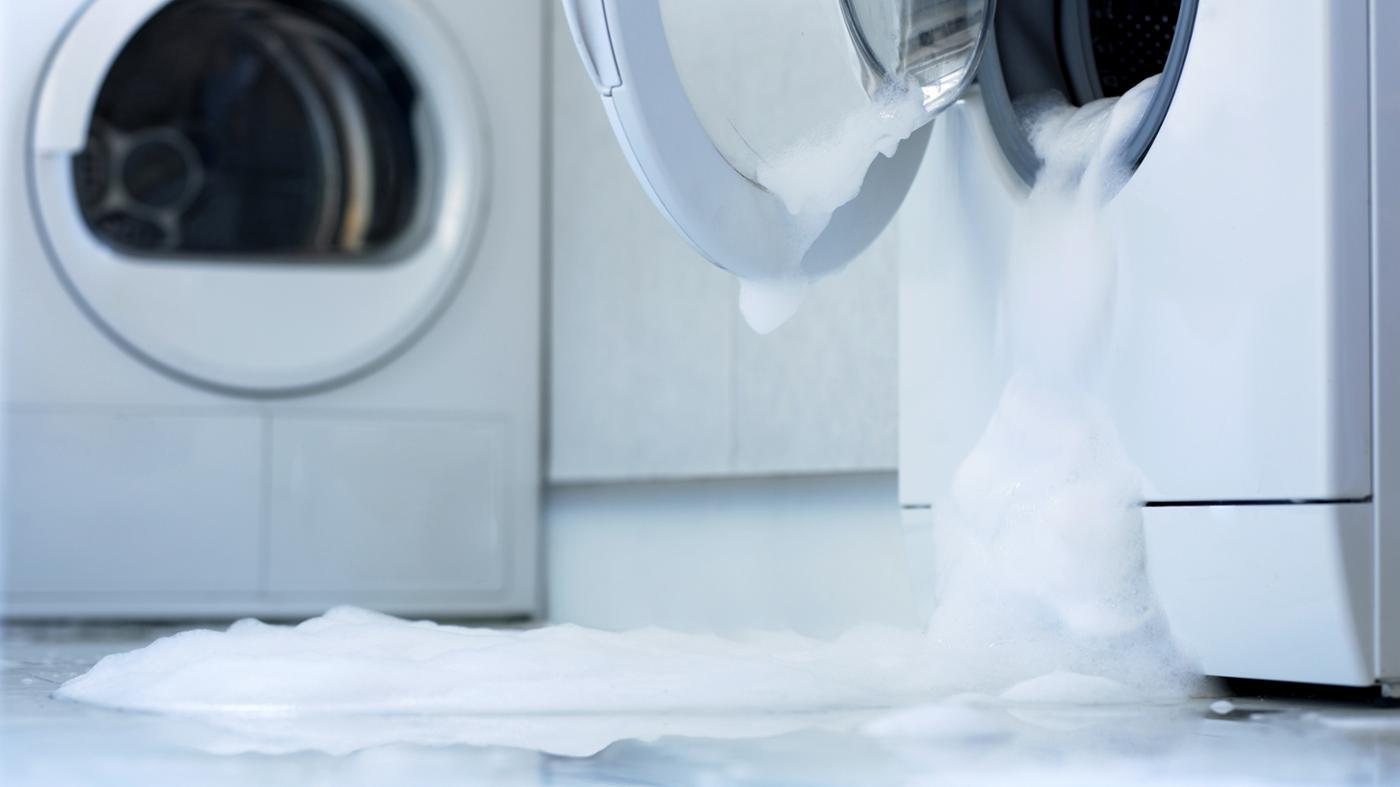
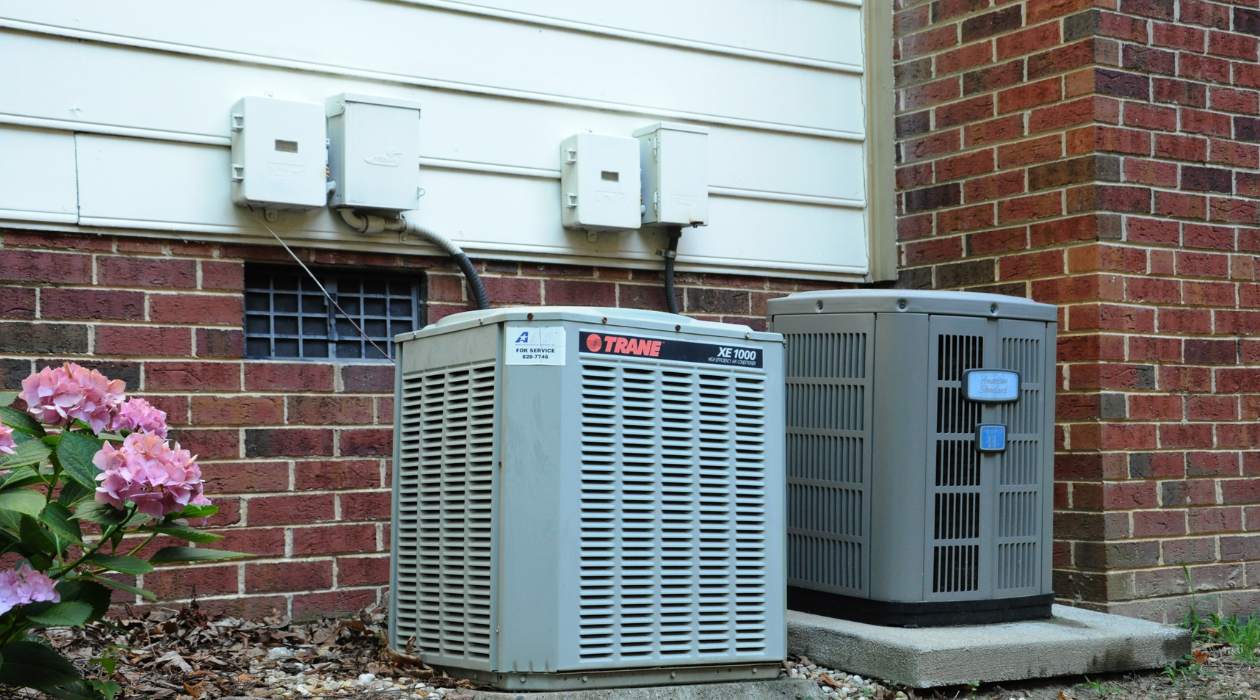

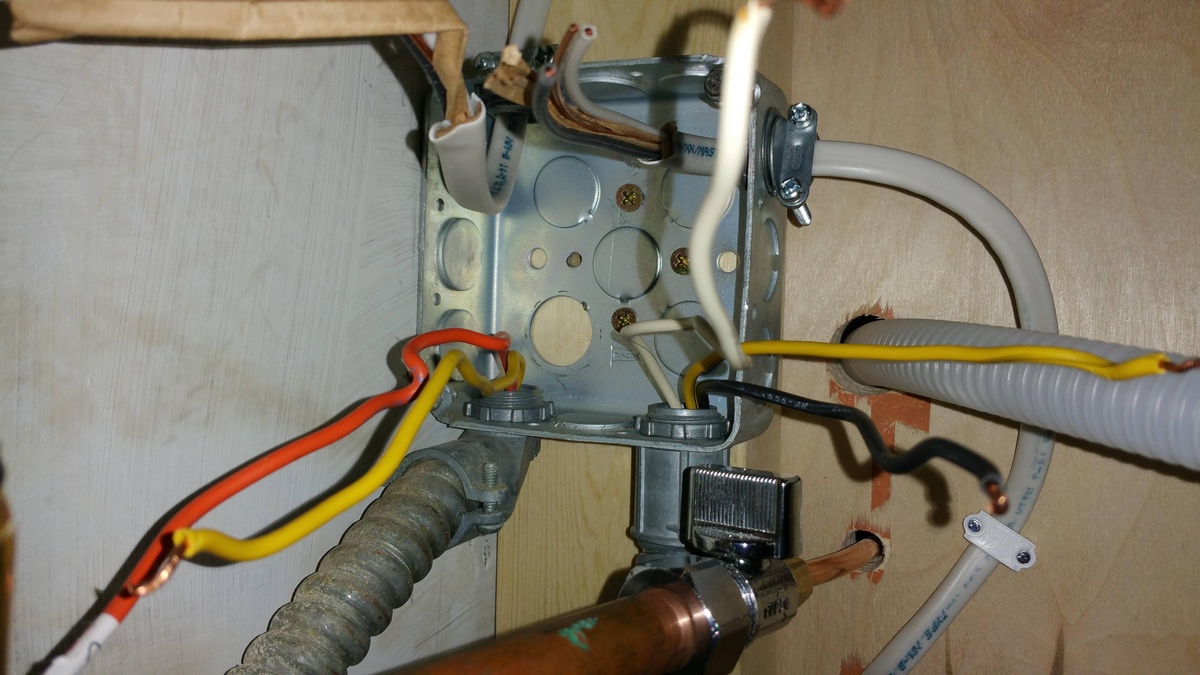

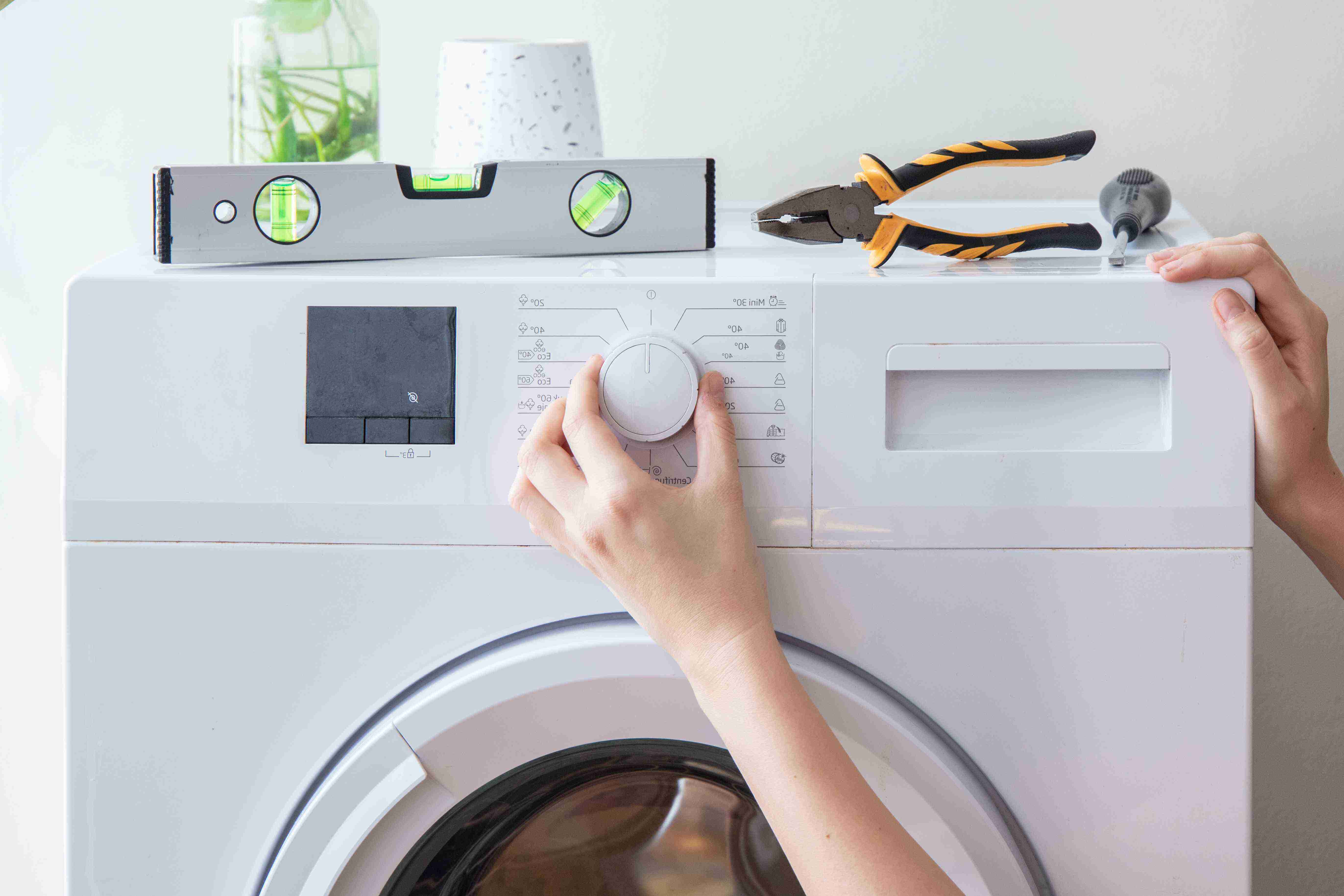
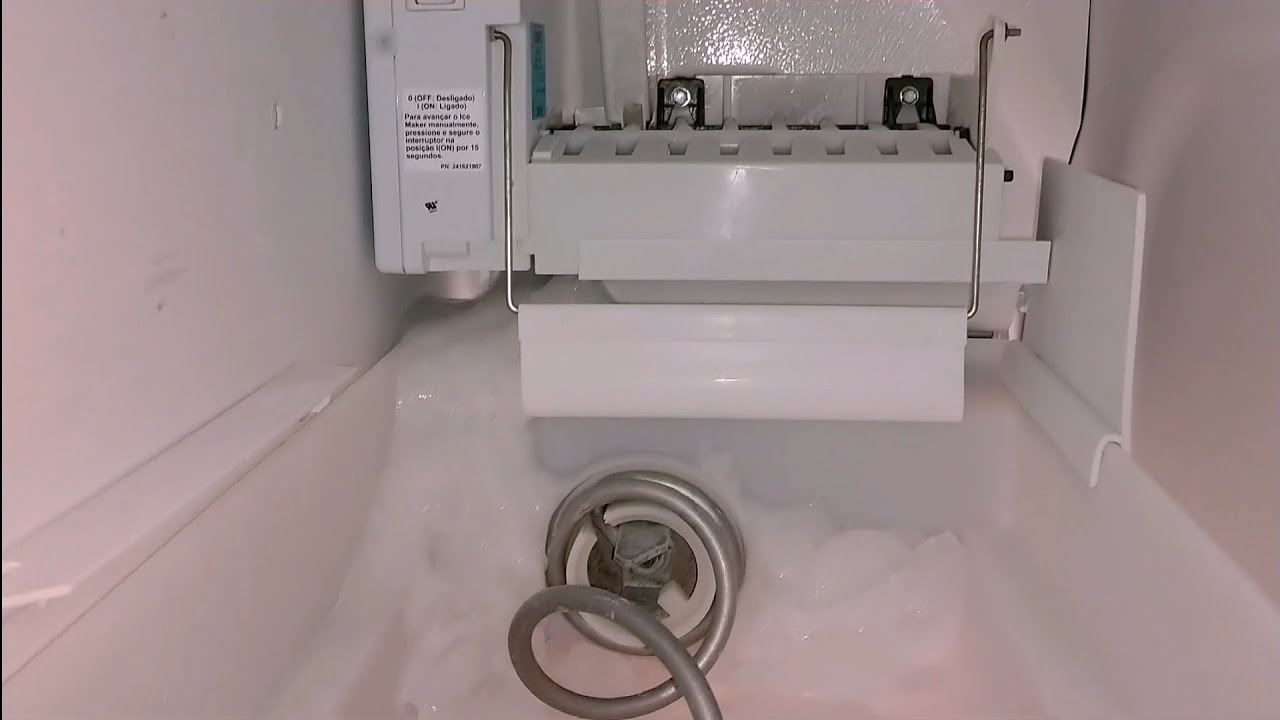
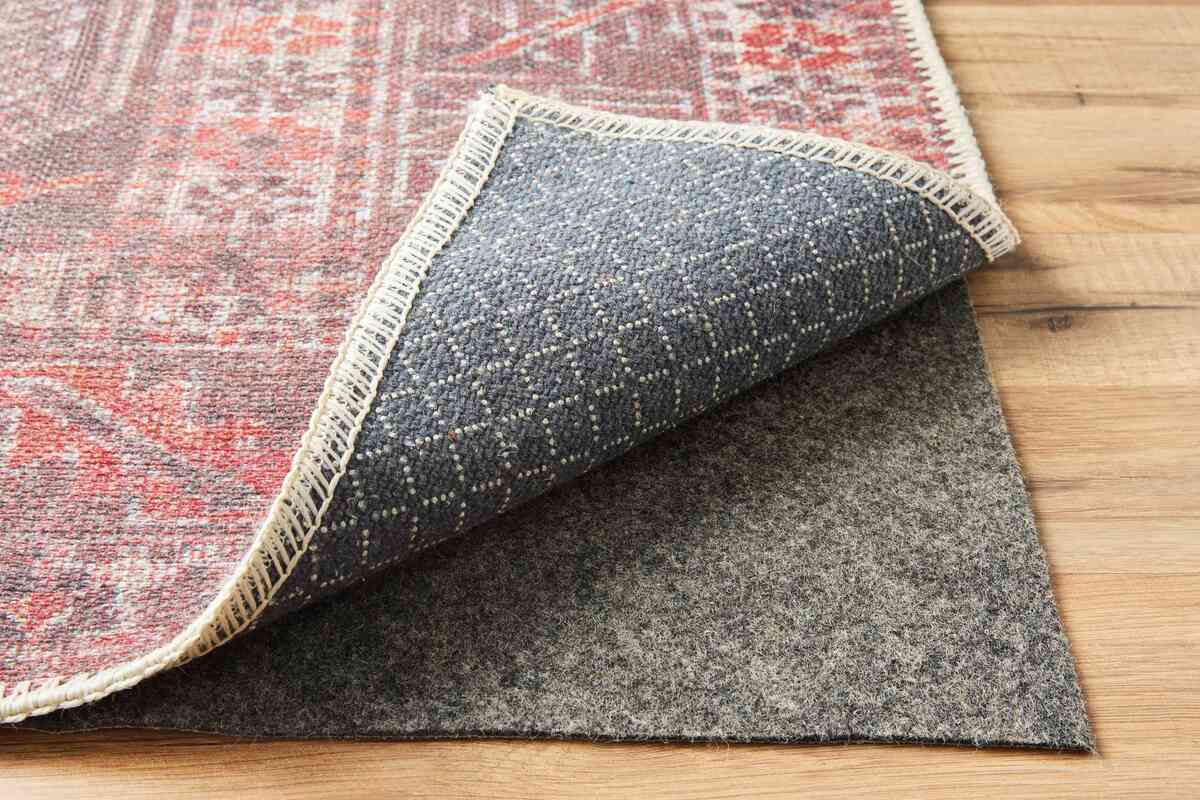
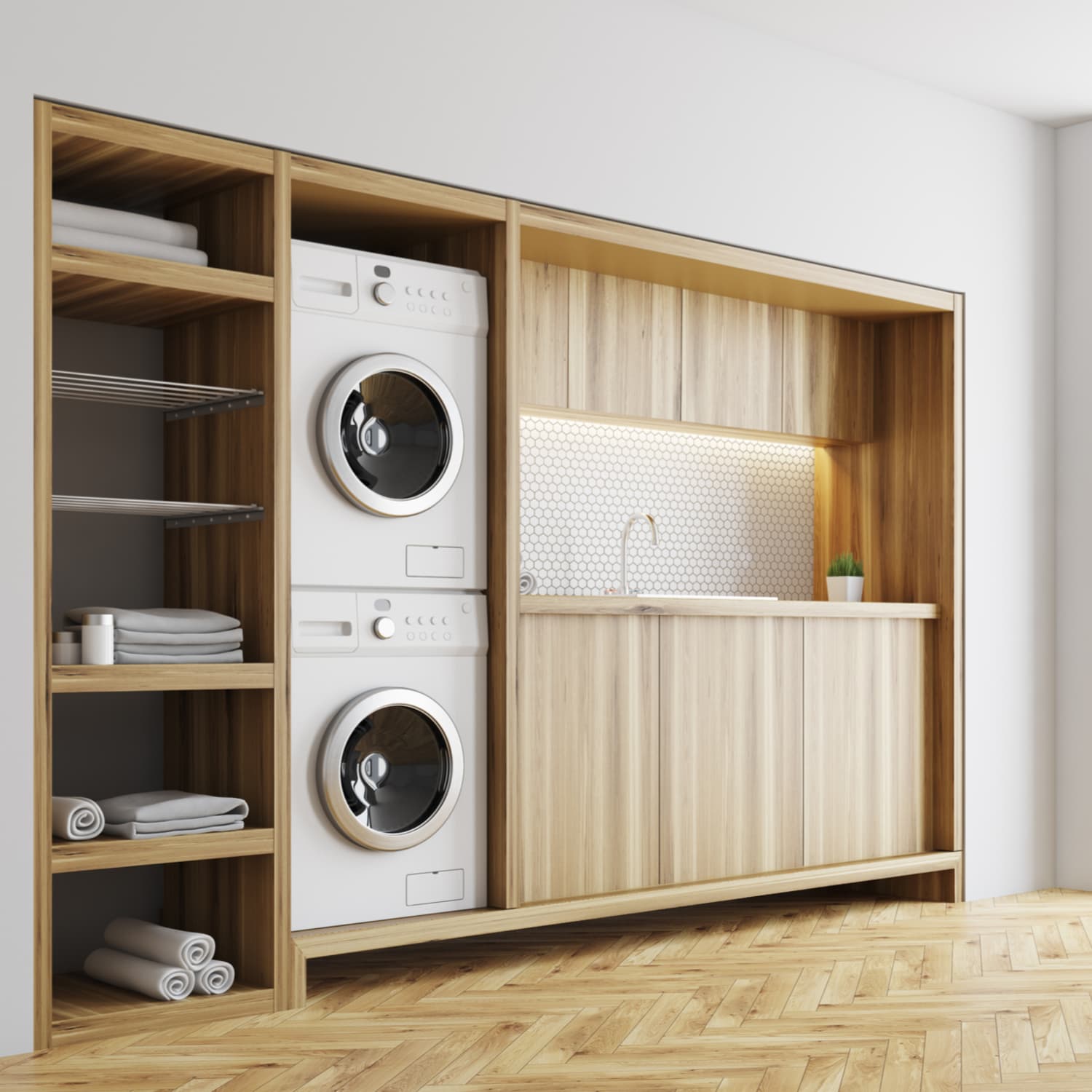



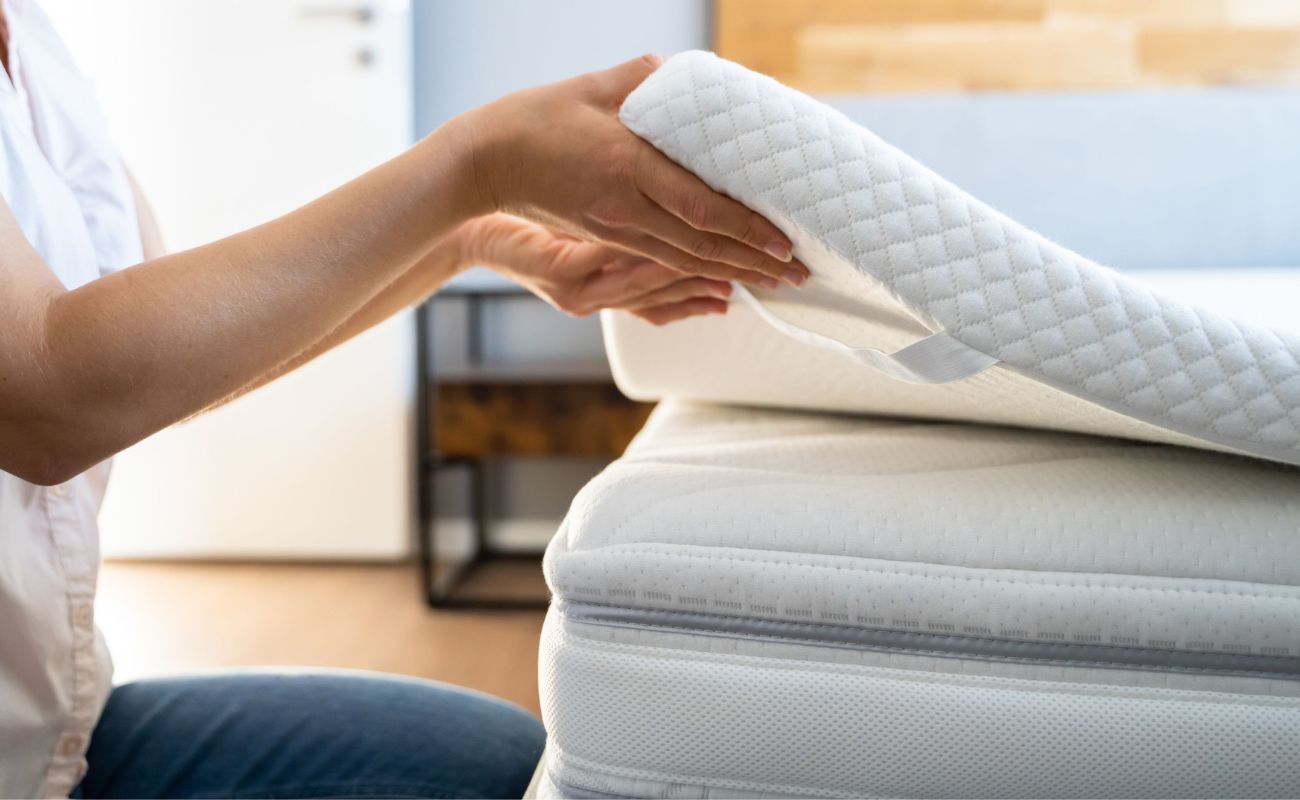

0 thoughts on “How Do I Stop My Stacked Washer From Moving?”